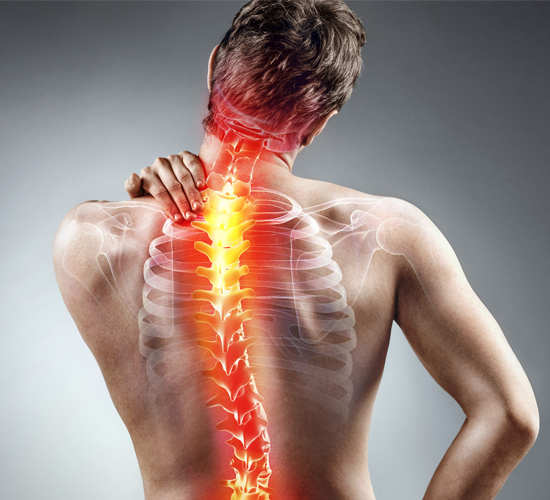Avascular Necrosis
Avascular necrosis (AVN), also known as osteonecrosis, is a debilitating condition that occurs when blood supply to a bone is interrupted, leading to the death of bone tissue This condition can result in the collapse of the bone structure, severe pain, and loss of joint function. AVN most commonly affects the ends of long bones, such as the femur near the hip joint, but it can occur in any bone in the body. Understanding the causes, symptoms, diagnosis, and treatment options for AVN is critical for managing the condition effectively and improving quality of life The symptoms of AVN can vary depending on the stage of the disease and the bone affected. Early stages may present with no symptoms, making early detection challenging. As the condition progresses, common symptoms include:
Pain: A dull ache or sharp pain in the affected joint, often worsening with activity and improving with rest.
Limited Range of Motion: Difficulty moving the affected joint due to stiffness or pain.
Joint Collapse: In advanced stages, the affected bone and joint may collapse, leading to significant deformity and loss of function.
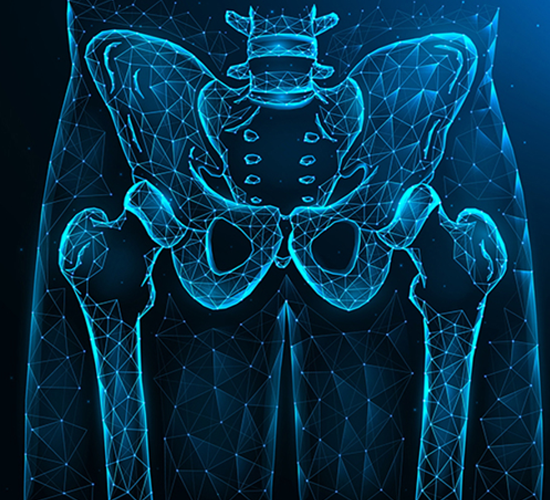
Frozen Shoulder
Frozen shoulder, medically known as adhesive capsulitis, is a condition characterized by stiffness, pain, and limited range of motion in the shoulder joint. This condition develops when the connective tissue surrounding the shoulder joint, known as the shoulder capsule, becomes thickened and inflamed. Over time, the inflammation leads to scarring and adhesions, significantly restricting movement. Frozen shoulder is most common in people aged 40 to 60, particularly women, and those with certain medical conditions like diabetes. Early diagnosis and treatment are essential to manage symptoms effectively and restore mobility Over-the-counter pain relievers like acetaminophen or nonsteroidal anti-inflammatory drugs (NSAIDs) can help manage pain and inflammation.
In severe cases, corticosteroid injections may be administered directly into the shoulder joint to reduce inflammation
Applying heat can loosen the shoulder before exercise, while cold packs can reduce inflammation and pain after activity.
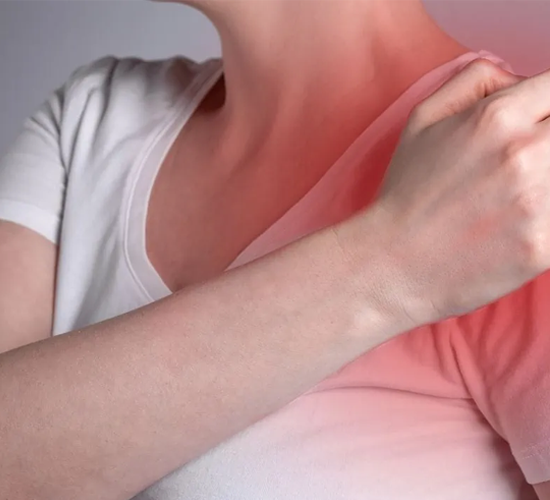
Sciatica Pain
The sciatic nerve the longest and widest nerve in the human body, plays a vital role in mobility and sensation. Originating in the lower back, it runs through the hips, buttocks, and down each leg, providing sensory and motor functions to the thighs, legs, and feet. When this nerve is compressed or irritated, it leads to sciatica pain, a condition characterized by radiating discomfort, weakness, or numbness. Sciatica is a symptom of an underlying issue rather than a standalone condition, often linked to problems such as herniated discs or spinal stenosis.
Understanding the causes, symptoms, and treatment options for sciatica is essential to managing this debilitating condition and improving overall quality of life Medications: Over-the-counter drugs like ibuprofen or prescription muscle relaxants and anti-inflammatory medications.
Physical Therapy Exercises to strengthen core and back muscles, improving flexibility and reducing nerve compression
Heat and Cold Therapy Alternating heat and cold packs can relieve pain and reduce inflammation
Lifestyle Modifications Correcting posture, engaging in regular exercise, and avoiding prolonged sitting.

Carpal Tunnel Syndrome
Carpal Tunnel Syndrome (CTS) is a common condition that affects the hand and wrist, caused by the compression of the median nerve as it passes through the carpal tunnel in the wrist. This condition can lead to pain, tingling, numbness, and weakness in the hand, significantly impacting daily activities. Often associated with repetitive hand movements, CTS is prevalent among individuals who use keyboards, tools, or machinery extensively
This article explores the causes, symptoms, diagnosis, and treatment options for Carpal Tunnel Syndrome, as well as strategies for prevention and long-term management The carpal tunnel is a narrow passageway on the palm side of the wrist, bounded by bones and ligaments. It houses the median nerve and several tendons responsible for hand movement. The median nerve controls sensation and motor function in the thumb, index finger, middle finger, and part of the ring finger Lying down can increase pressure on the carpal tunnel, intensifying discomfort during sleep.

Varicose Veins
Varicose veins are a common condition characterized by enlarged, twisted veins that often appear blue or dark purple. These veins typically occur in the legs and feet, where increased pressure from standing or walking can strain the veins. While varicose veins are often considered a cosmetic concern, they can sometimes cause discomfort and lead to more serious health issues if left untreated.
This comprehensive guide explores the causes, symptoms, risk factors, diagnosis, treatment options, and preventive measures for varicose veins Veins are blood vessels that return blood to the heart after it has circulated through the body. They contain one-way valves that prevent blood from flowing backward. When these valves weaken or malfunction, blood pools in the veins, causing them to stretch, twist, and become varicose.
Varicose veins are most commonly found in the legs because standing and walking increase pressure in the lower body veins, making them more susceptible to damage
In some cases, a dye is injected into the veins to get a detailed X-ray image, although this is less commonly used.
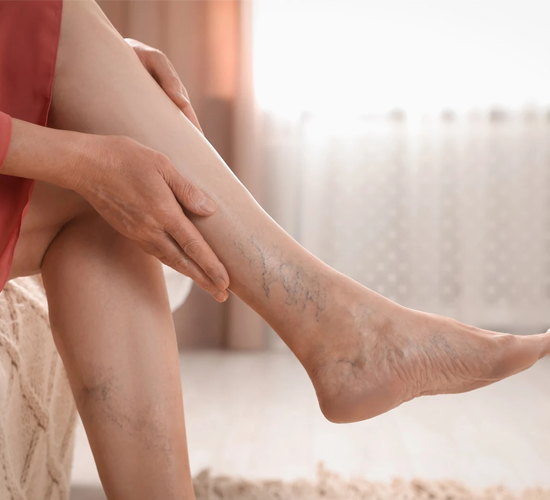
Cervical Spondylosis
Cervical spondylosis, often referred to as arthritis of the neck, is a common age-related condition that affects the cervical spine, which comprises the neck's bones, discs, and joints. It develops due to the wear and tear of cartilage and bones, leading to stiffness, pain, and other symptoms in the neck region. While it predominantly occurs in individuals over 50 years of age, younger people may also experience it due to injuries or other factors.
This article provides an in-depth look at cervical spondylosis, exploring its causes, symptoms, diagnostic methods, and treatment options, along with preventive strategies he cervical spine consists of seven vertebrae, separated by intervertebral discs that act as shock absorbers and provide flexibility. Over time, these discs and bones undergo degeneration, resulting in cervical spondylosis. This condition is highly prevalent, with up to 90% of individuals over 60 experiencing some degree of cervical spondylosis.
While many people do not exhibit symptoms, others may experience discomfort that interferes with daily activities.
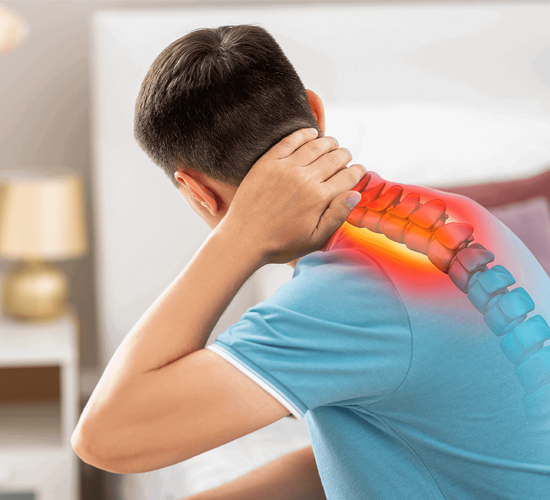
Ankylosing Spondylitis
Varicose veins are a common condition characterized by enlarged, twisted veins that often appear blue or dark purple. These veins typically occur in the legs and feet, where increased pressure from standing or walking can strain the veins. While varicose veins are often considered a cosmetic concern, they can sometimes cause discomfort and lead to more serious health issues if left untreated.
This comprehensive guide explores the causes, symptoms, risk factors, diagnosis, treatment options, and preventive measures for varicose veins Veins are blood vessels that return blood to the heart after it has circulated through the body. They contain one-way valves that prevent blood from flowing backward. When these valves weaken or malfunction, blood pools in the veins, causing them to stretch, twist, and become varicose.
Varicose veins are most commonly found in the legs because standing and walking increase pressure in the lower body veins, making them more susceptible to damage
In some cases, a dye is injected into the veins to get a detailed X-ray image, although this is less commonly used.
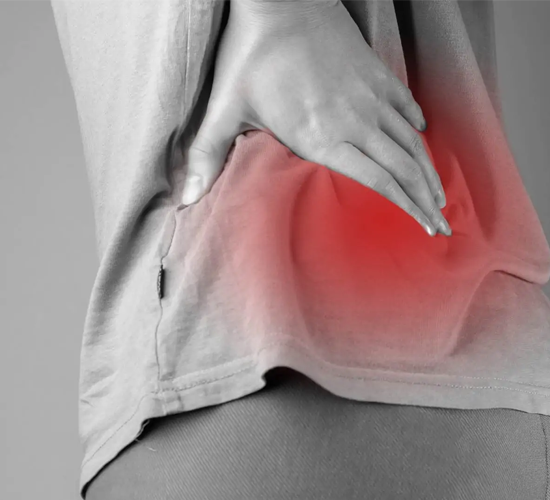
Back Pain
Back pain is a widespread condition that affects people of all ages and is a leading cause of disability worldwide. It can range from mild discomfort to severe, debilitating pain, impacting daily activities, productivity, and overall quality of life. The complexity of back pain arises from the intricate structure of the back, which includes bones, muscles, ligaments, nerves, and discs that support the body and facilitate movement.
This article explores the causes, symptoms, diagnosis, treatment options, and preventive measures for back pain, offering insights into how individuals can manage and mitigate this common ailment The treatment of back pain depends on its cause, severity, and duration. A combination of conservative treatments, medications, and, in some cases, surgical interventions is used.
Conservative Treatments
Rest Short-term rest can alleviate acute back pain.
Ice and Heat therapy applying ice packs or heat pads reduces inflammation and relaxes muscles
Physical Therapy Strengthening exercises, stretches, and posture training improve flexibility and relieve.

Paralysis And Facial Paralysis
Paralysis is the loss of muscle function in one or more parts of the body, often accompanied by sensory loss. It can result from damage to the nervous system, particularly the brain or spinal cord, and can be temporary or permanent. Among its forms, facial paralysis specifically affects the muscles of the face, impairing expressions and sometimes speech and eating.
This article provides an in-depth look at the causes, symptoms, diagnostic processes, and treatment options for paralysis and facial paralysis, empowering individuals to understand these conditions and explore available solutions. Paralysis and facial paralysis can be life-altering, but advances in medical science provide hope for recovery and improved quality of life. Early diagnosis, timely treatment, and ongoing rehabilitation are key to managing these conditions effectively. By adopting preventive measures and leveraging available therapies, individuals can lead fulfilling lives despite these challenges.
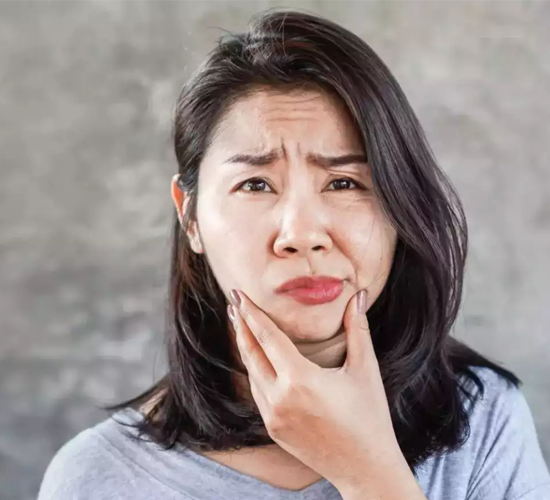
Sinusitis
The sinuses are hollow cavities in the skull located behind the forehead, nose, and cheeks. They are lined with a thin layer of mucus that traps dust, germs, and pollutants. Healthy sinuses are filled with air, but when they become blocked, they can harbor bacteria, viruses, or fungi, leading to infection Sinusitis, also known as a sinus infection, is a common condition that affects the sinuses, the air-filled cavities located within the bones of the face. It occurs when these sinuses become inflamed, often due to an infection. This inflammation can cause various symptoms, such as facial pain, nasal congestion, and a thick, yellow or green mucus discharge. Understanding sinusitis, its causes, symptoms, treatment options, and prevention methods is crucial for managing this condition and maintaining sinus health. medications do not alleviate symptoms, surgery may be considered. Functional Endoscopic Sinus Surgery (FESS) is a minimally invasive procedure that removes blockages and improves sinus drainage. Surgery may also be necessary for correcting structural issues.
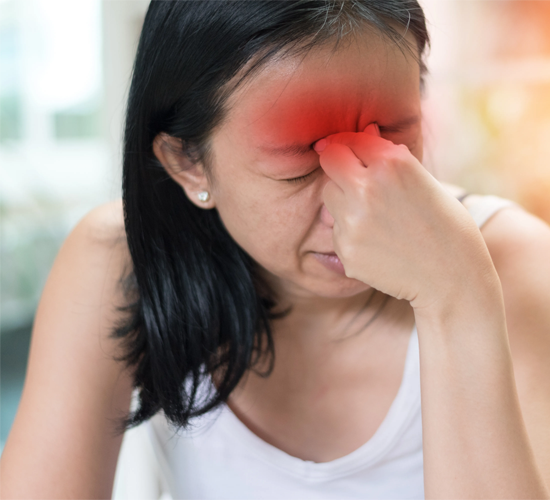
Tennis Elbow
Tennis elbow, medically known as lateral epicondylitis, is a common condition that causes pain and discomfort around the outer part of the elbow. While it is often associated with tennis players, it can affect anyone who engages in repetitive arm movements or overuse of the forearm muscles. This condition arises when the tendons and muscles in the forearm, particularly on the outside of the elbow, become overworked and injured. The pain can range from mild to severe and may impact daily activities, making it crucial to understand the causes, symptoms, and available treatments for tennis elbow Over time, these small tears can accumulate, leading to the development of tennis elbow.
While it is often associated with tennis, the condition can occur in individuals who engage in various repetitive activities, such as painters, plumbers, carpenters, or those who frequently use computers or perform manual labor. Essentially, any activity that involves repetitive motion or overuse of the forearm muscles can increase the risk of developing tennis elbow.
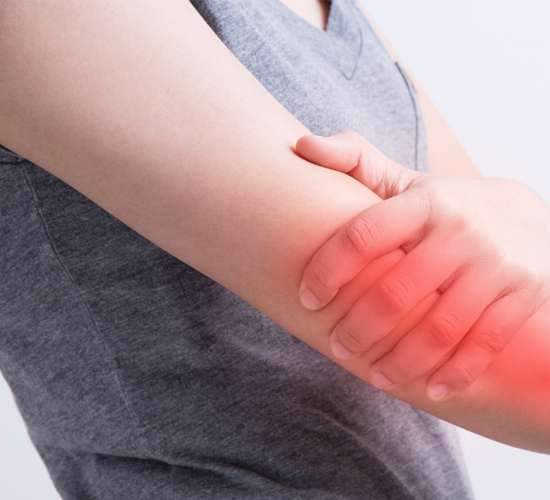
Heel Ache
Heel pain is a common issue that can affect people of all ages and activity levels. The most frequent cause of heel pain is plantar fasciitis, a condition that involves inflammation of the thick band of tissue (the plantar fascia) that runs along the bottom of the foot, from the heel to the toes. Plantar fasciitis is sometimes referred to as heel spur syndrome if a heel spur is also present. While plantar fasciitis is the most common cause of heel pain, other potential causes include stress fractures, tendonitis, arthritis, nerve inflammation, and even cysts. Given the various possible causes, it’s important to properly diagnose heel pain for effective treatment.
he most common cause of heel pain is plantar fasciitis. This condition occurs when the plantar fascia, the thick ligament running from the heel to the toes, becomes inflamed. Plantar fasciitis typically causes pain on the bottom of the heel, especially after prolonged periods of standing or walking. The pain may be sharp and is often worse in the morning when taking the first few steps out of bed he cause of heel pain typically involves a physical examination and a thorough review of your medical history. Your doctor or foot specialist may ask questions about your activities.
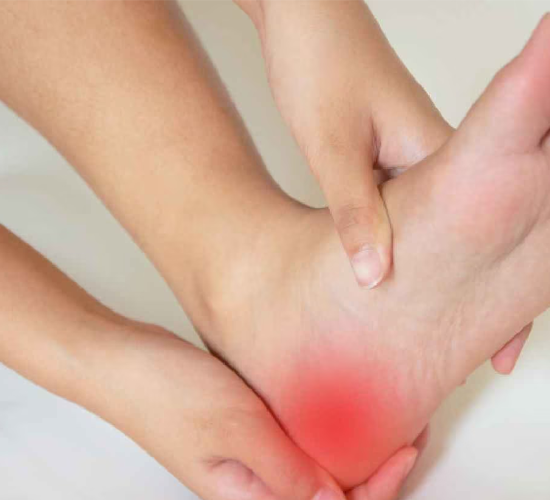
Rheumatoid Arthritis Treatment
The exact cause of rheumatoid arthritis is not entirely understood, but it is believed to be triggered by a combination of genetic and environmental factors.
genetic factors If you have a family history of rheumatoid arthritis, you are at a higher risk of developing the condition yourself. Certain genes are associated with an increased susceptibility to RA, though having these genes does not guarantee that someone will develop the condition
environmental factors Smoking is one of the most well-established environmental risk factors for RA. It can trigger the onset of the disease, especially in individuals who are genetically predisposed to it. Other factors such as infections, stress, or hormonal changes may also play a role in triggering rheumatoid arthritis
immune system dysfunction In rheumatoid arthritis, the immune system attacks healthy tissues in the joints. This results in chronic inflammation, which can lead to joint destruction if left untreated. The immune system’s failure to differentiate between harmful invaders and the body’s own tissues is a hallmark of autoimmune diseases like RA.
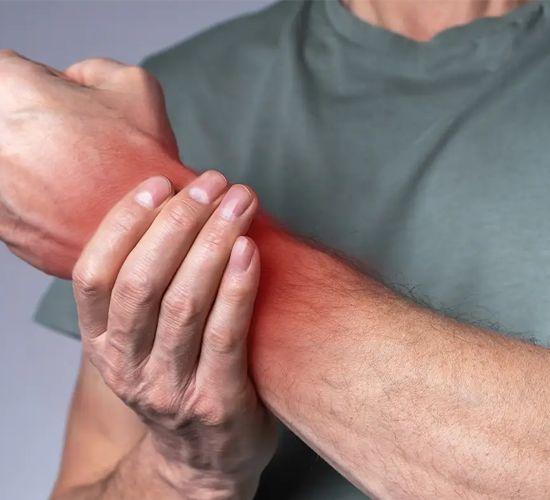
Lumbar Spondylosis
Lumbar spondylosis refers to degenerative changes in the lumbar (lower) spine, affecting the discs, vertebral bodies, and related joints. It is a common condition, especially as people age, and can lead to chronic pain and discomfort in the lower back. Often described as a natural part of the aging process, lumbar spondylosis can result in a variety of symptoms, which may range from mild to severe, depending on the extent of degeneration.
While lumbar spondylosis is not a specific clinical diagnosis, it is a term used to describe the general wear and tear of the spine. The condition encompasses several associated pathologies, including spinal stenosis, degenerative spondylolisthesis, and osteoarthritis. These conditions often arise due to aging, trauma, or the daily stresses placed on the intervertebral discs, vertebrae, and associated joints.
